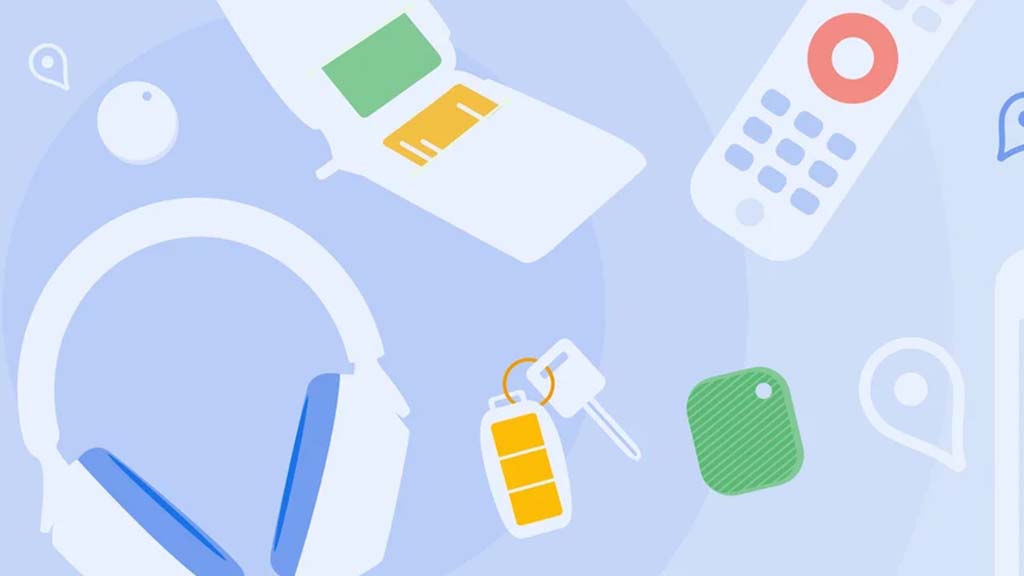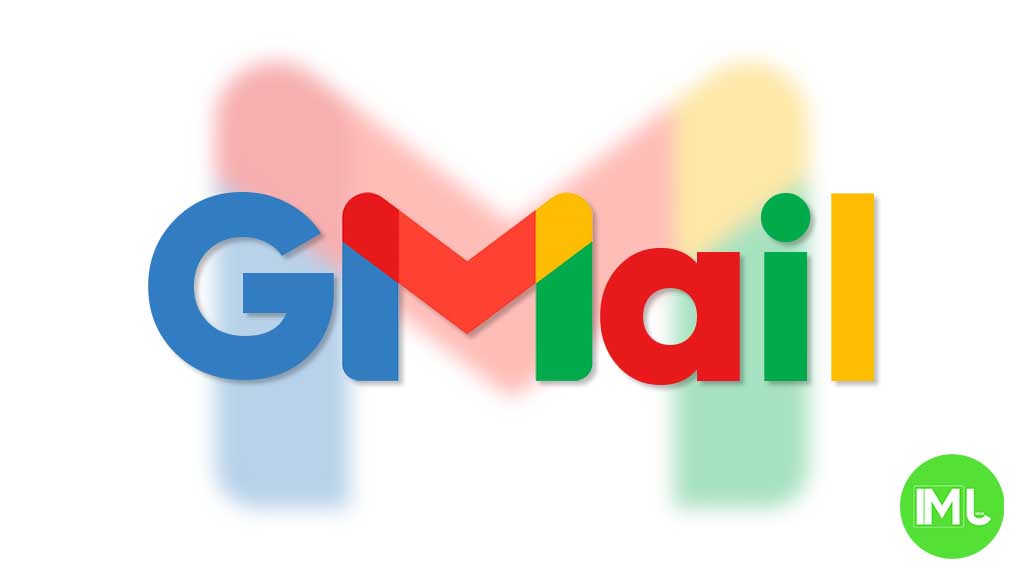New leak reveals all about Google’s Pixel 9a: Specs, Colors, and More
Google’s upcoming mid-range phone, the Pixel 9a, has been the subject of a detailed leak that gives us a clear picture of what to expect. From size and battery life to colors and pricing, here’s everything we know so far.
The Pixel 9a is a bit bigger than its predecessor, the Pixel 8a. It measures 154.7 x 73.3 x 8.9 mm, which is slightly larger but still slim. This extra space allows for a larger 5,100 mAh battery and a 6.3-inch screen, an upgrade from the 6.1-inch display on the Pixel 8a. The screen resolution is 2424×1080, with a smooth 120Hz refresh rate, all protected by Gorilla Glass 3. The bezels around the screen are more noticeable this time, giving the phone a unique look compared to other Pixel 9 models.
Surprisingly, despite the bigger size, the Pixel 9a is lighter, weighing in at 185.9 grams compared to the Pixel 8a’s 188 grams. It also boasts an improved IP68 rating for dust and water resistance, an upgrade from the IP67 of the last model.
On the tech side, the Pixel 9a is powered by Google’s Tensor G4 processor, with 8GB of RAM and storage options of 128GB or 256GB. This phone will run Android 15 right out of the box, setting a new standard for Pixel releases, and Google promises 7 years of OS updates.
The camera setup has changed; the Pixel 9a moves away from the traditional Pixel camera bar to a dual-camera system on the back. It includes a 48MP main camera and a 13MP ultrawide camera with a 120-degree view. The front camera also sports a 13MP sensor.
Additional features include wireless charging, NFC, Wi-Fi 6E, Bluetooth 6, satellite connectivity, a fingerprint sensor, and face recognition. However, it’s unclear if this face recognition matches the high-security standards of the flagship models.
Pricing is set at approximately €499 for the 128GB version and €599 for the 256GB, aligning with previous leaks for the US market. No specific release date has been confirmed, but rumors suggest a launch towards the end of March. The leak also reveals the four color options available for the Pixel 9a, providing consumers with a variety of choices to match their style.
Android
Android’s Find My Device speeds up with UWB coming soon

Google’s Find My Device network for Android has gotten a big boost, making it much quicker to locate misplaced items. Recent checks show it’s now four times faster than it used to be, keeping up with Apple’s AirTags in crowded spots like malls or events. For instance, at CES 2025, a tracker tucked in a bag updated its location just as fast as an AirTag nearby. This speed-up is thanks to more Android users turning on tracking for all locations, not only busy areas, which helps the system spot items more reliably.
In less crowded places, the network can still have trouble since fewer Android phones are nearby to share location signals. But Google’s working on this by nudging users through app alerts to enable tracking in quieter spots. Plus, recent updates to tracker software and apps have made connections more stable and accurate.
Looking ahead, Google’s gearing up to roll out ultra-wideband (UWB) technology. This will let you find items with pinpoint accuracy, even within a room, using cool augmented reality (AR) visuals, much like Apple’s setup. The Moto Tag, a tracker ready for UWB, is already available, just waiting for Google to activate this feature. Not all Android phones support UWB yet, but future models like the Pixel 10 might include it. These changes prove Google’s determined to make its Find My Device network a top choice for tracking lost stuff.
Gmail and Google Photos get new design and useful updates

Google is giving Gmail and Google Photos some fresh updates to make things easier and more user-friendly.
First, Gmail on the web is now getting a new layout option. You can choose between “Cozy,” “Comfortable,” or “Compact” views based on how much space you want between your emails. Google is also adding a setting to control whether your inbox and labels stay on screen or only show up when needed. These changes make it easier to personalize how Gmail looks and feels.
Meanwhile, Gmail for iPhone is getting a visual upgrade. The app now uses Google’s updated design style called “Material 3.” You’ll notice a cleaner look with a rounded search bar at the top, smoother icons, and better spacing. Although the bottom bar and buttons look mostly the same, the overall design feels more modern and easier on the eyes.
Lastly, Google Photos is bringing back a helpful feature. The classic search shortcut that appears in the bottom bar is returning, making it quicker to find your photos. Before this, the shortcut had been removed when Google added the new “Memories” tab. Now, both features work together, letting you browse memories and search with ease.
These updates aim to make Google’s apps feel more useful, clean, and easier to use on both desktop and mobile.
Android
Android 16 boosts USB data safety and fixes delayed notifications on Pixel phones

Google’s upcoming Android 16 update is bringing better security and some helpful improvements, especially for Pixel phone users. One of the main features in Android 16 is a new way to protect your phone’s data when it’s connected to a computer through USB. Right now, when you plug your phone into a PC or laptop, it can access all your data as long as you approve it.
With Android 16, Google is adding an extra security layer that only allows limited access unless you enter your PIN, password, or use your fingerprint. This will help protect your files if someone tries to access your phone without permission.
At the same time, Google is also working on a fix for a frustrating issue that some Pixel users have been facing for months — delayed notifications. After the April 2024 update, many users noticed that app alerts were not showing up on time, especially from messaging apps. Google has confirmed the problem and says a fix will be included in a future update, though it’s not in the current April patch yet.
Together, these changes show that Google is focusing on both stronger privacy and a smoother experience for Android and Pixel users. Android 16 is expected to roll out later this year, starting with developer previews.
-

 Apps1 year ago
Apps1 year agoGboard Proofread feature will support selected text
-

 News1 year ago
News1 year agoSamsung USA crafting One UI 6.1.1
-

 News1 year ago
News1 year agoBreaking: Samsung Galaxy S22 may get Galaxy AI features
-

 News1 year ago
News1 year agoSamsung Galaxy S23 Ultra with One UI 6.1 and all S24 AI features revealed
-

 News1 year ago
News1 year agoOne UI 6.1 Auracast (Bluetooth LE Audio) feature coming to many Samsung phones
-

 News1 year ago
News1 year agoSatellite SOS feature coming to Google Pixel phones, evidence leaked
-

 Apps11 months ago
Apps11 months agoGoogle’s fancy new Weather app is finally available for more Android phones
-

 News1 year ago
News1 year agoGoogle Pixel evolves as Europe’s third best selling flagship










